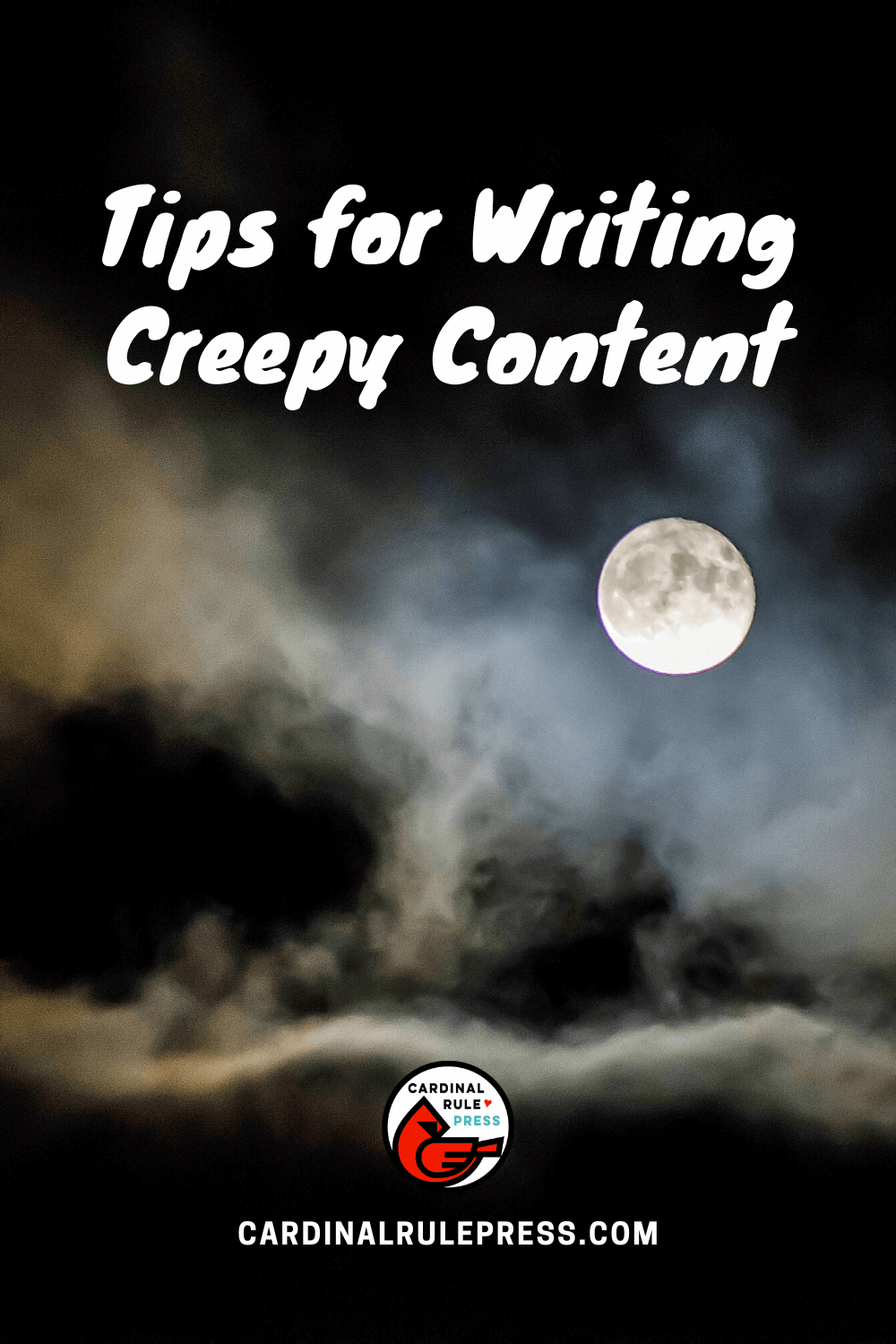
Nighttime is setting in faster, costume shops are bursting with life, and pumpkins with ghastly facial expressions line the porches. Halloween is upon us, and –– whether you participate in the spooky festivities or not –– there is little we can do to escape its coming. My fondest Halloween memories involve scarfing down dinner (probably pasta, if dad was cooking) as fast as I could before running outside to see what treasures the neighbors’ porches held for me. I remember feeling mysterious in my costume of choice, like a girl with a story to tell.
Scary stories were probably the thing I loved most about Halloween as a kid. In the evenings leading up to the big night, my parents would cue the bonfire and spin for us these elaborate tales of ghosts and forest-creatures. And then –– my favorite part –– they would have my sister and I come up with the stories. The two of us would pace around the bonfire presenting our stories, swirling sticks over the flames for added emphasis and using the shadowy forest behind us for inspiration.
If you’re interested in writing spooky content or simply sharing it with your kids, I’ve included some tips for writing scary stories below! Also listed are quotes from famous horror writers (I’m talking Stephen King, Edgar Allen Poe, etc…) and some pretty freaky writing prompts. If this doesn’t get you itching to take your writing to deeper and darker places just in time for Halloween, I don’t know what will.
Tips for Writing Creepy Content
- Scare them with what scares you. The purpose of a scary story is to implant a sense of fear within the reader, and then manipulate that fear throughout the story. You want them feeling what your character is feeling, which means that you, too, have to be feeling what your character is feeling. Try taking something that you’re personally afraid of (spiders? Ghosts? Heights?) and making that the object of fear in your story, as well.
- Steer clear of overused tropes. There’s a reason why, in some horror movies, it is so easy to guess what the protagonist is going to do next. There’s always someone who goes and checks out the loud noise, for example, and they usually end up regretting it. No one likes a predictable horror story, because we like to be caught off guard by the scariness. Be sure to spice up your plot a little bit by venturing from overused horror tropes and keeping your audience guessing.
- Play upon syntax. He inhaled sharply. He inhaled sharply before catching his own eyes in the mirror and startling at the look of pure desperation on his face. Do you notice a difference between these two sentences? The first one, to me, seems more dramatic, and almost jolts the reader with its abruptness. The second one, on the other hand, is much more long-winded and immersive. These sentences elicit different responses in the reader, and it’s important to alternate syntax throughout your tale.
- Don’t disregard your surroundings. When I would find myself at a loss for words during the spooky storytelling sessions of my youth, I’d simply glance at the woods behind our house. There’s a lot to work with in a landscape –– trees, bushes, fields, lazy highways, bustling bars, flickering streetlamps. Try looking at your surroundings and imagining the scariest creature or scenario that could possibly emerge from those surroundings. Then press pen to paper.
- Use the silence. When telling a story orally, silence is a useful tool in building suspense. When listening to or reading a story, it can be much more exciting for a reader to wonder what the villain is going to do than to actually read what the villain did. Try to hold off on writing exactly what happens to your character, instead taking the time to leave your audience wondering.
Scary Writing Prompts to Get You Started
- Think of the ending to your favorite scary story or film and write a sequel.
- Imagine you start having nightmares that come true the next day.
- What if you discovered someone was living in your walls?
- You wake up and can’t remember who you are or how you got here.
- Imagine looking in the mirror and not being able to see your reflection.
Words from the Greats
“All that we see or seem is but a dream within a dream.” ––Edgar Allan Poe
“Words have no power to impress the mind without the exquisite horror of their reality.” ––Edgar Allan Poe
“I like to deal with EVERY aspect of our condition, and that means terror and humor in equal mix. Some books have more room for humor than others.” ––Dean Koontz
“Anybody with artistic ambitions is always trying to reconnect with the way they saw things as a child.” ––Tim Burton
“Books are a uniquely portable magic.” ––Stephen King
A senior in the University of Michigan-Flint’s Secondary English Teacher’s Certificate Program, Lauren is an aspiring writer and English educator. Along with interning at Cardinal Rule Press, Lauren works at UM-Flint’s Marian E. Wright Writing Center. She enjoys running, being outside, and (naturally) reading in her spare time.
Leave a comment